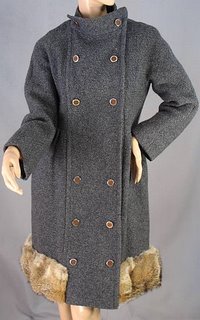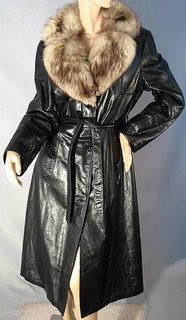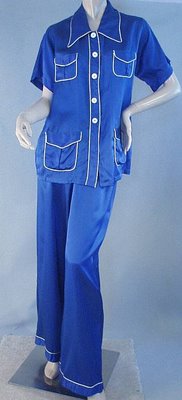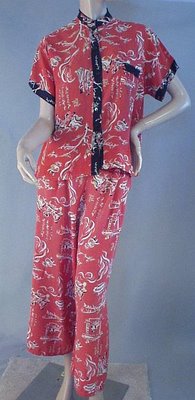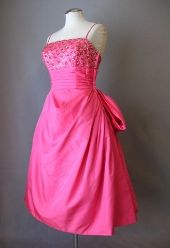
Drama is coming your way this fall, and what better way is there to show off your style than to sweep into a room wearing a sensational cape, such as those shown above by Derek Lam, Ralph Lauren, and Marc Jacobs.
Of course, capes are not new. From dramatic velvet evening capes in the 30's, to caped dinner suits in the 40's, to structured Mod styles in the 60's, and hippie ponchos in the 70's, we've seen capes return again and again. If you're adding a cape to your wardrobe this fall, why not make it vintage? Here are a few examples available at Couture Allure Vintage Fashion .


See these capes and more great vintage coats at Couture Allure Vintage Fashion .



